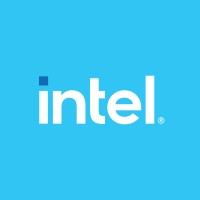FAQs
What is the main focus of the TCAD Software Research Engineer/Scientist role at Intel?
The main focus of this role is to develop and apply software tools, scripts, and physical models to guide the development of Intel transistors and process technologies.
What are the two specific areas of openings within the team?
The two specific areas of openings within the team are software development and maintenance of simulators, and applications engineering to aid technology development.
What is the ultimate goal of the TCAD team at Intel?
The ultimate goal of the TCAD team at Intel is to create the next generation of technologies that will shape the future for decades to come by pushing computing capabilities even further.

